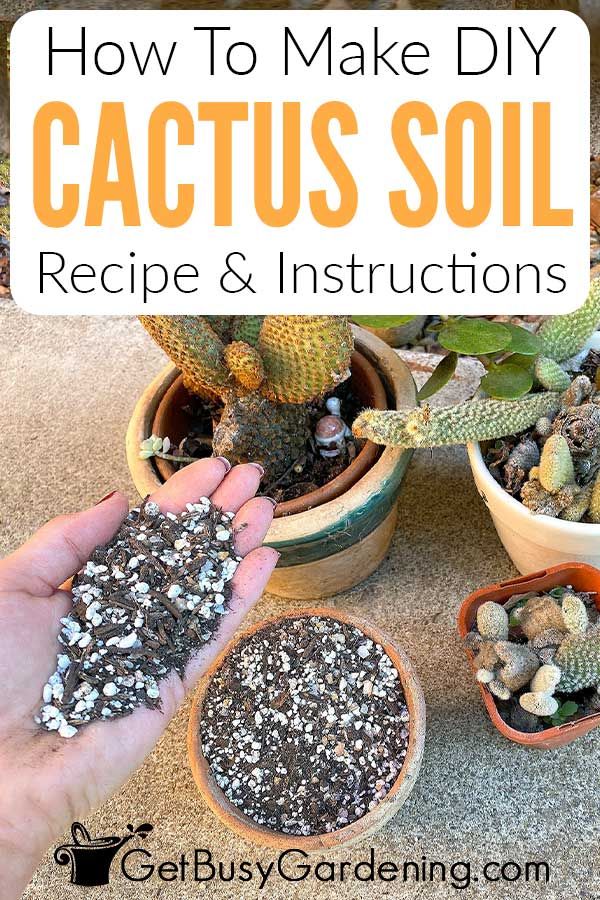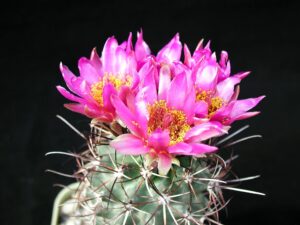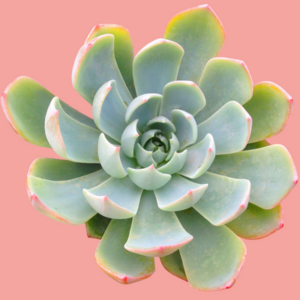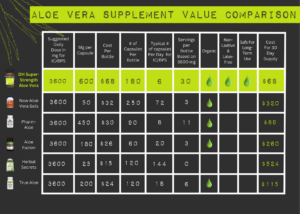When you think of a cactus, you might envision a spiky, resilient plant thriving in the arid desert. But have you ever pondered what lies beneath the surface? What does the potting soil for these prickly dwellers look like? The reality is that to cultivate a flourishing cactus, you must grasp the importance of the right soil mix. In this article, we’ll delve into the nuances of cactus soil, offering insights on the optimal recipes to ensure your green friends remain vibrant and healthy.
Do you dare to discover the secrets that will turn your reluctant cactus into a thriving masterpiece? Let’s embark on this journey and explore the essentials of potting soil tailored specifically for these unique plants.
Understanding Cactus Soil: Why Is It Crucial?
The foundation of any healthy plant revolves around its soil composition. For cacti, which are native to arid climates, traditional potting soil poses a significant challenge. These plants are not equipped to handle moisture retention, a hallmark of standard potting mixes. Instead, they require a substrate that allows for rapid drainage and aeration. Without the proper soil mix, cacti can quickly succumb to root rot and other complications.
So, what distinguishes cactus soil from its counterparts? The primary components of a quality cactus soil mix include inorganic materials such as perlite, pumice, and coarse sand. These elements enhance drainage and provide the aeration necessary for the roots to breathe. A well-formulated cactus soil mix should mimic the natural environment of these plants, ensuring that they receive adequate nutrients while preventing waterlogged conditions.
The Ideal Ingredients for Your Cactus Soil Mix
Creating the perfect cactus soil is akin to blending a delightful recipe; it’s all about balance. Here are the key ingredients you’ll want to consider when fashioning your very own potting mix:
Organic Matter: The Backbone of Nutrient Supply
While cactus soil primarily relies on inorganic components, incorporating a degree of organic matter is essential. Ingredients like crushed pine bark or coconut coir can introduce a slow-release source of nutrients while maintaining the lightweight nature of the mix. However, be cautious not to overdo it, as excessive organic content can retain moisture, contrary to cacti’s needs.
Perlite or Pumice: The Drainage Dynamos
Both perlite and pumice serve as fantastic additives, promoting excellent drainage and aeration. Perlite, a volcanic glass formed through rapid cooling, is lightweight and enhances soil structure. Pumice, on the other hand, is porous and slightly heavier, offering a sturdier base. A combination of both can yield exceptional results, ensuring that your cactus roots remain well-ventilated.
Coarse Sand: The Textural Enhancer
Sand, specifically coarse or horticultural sand, is another vital component. It adds weight to the mix and contributes to drainage. Be warned: using fine sand can lead to compaction, which is detrimental to your cactus. Seek out a sandy substrate that boasts larger particles for optimal performance.
Creating Your Custom Cactus Soil Mix: A Simple Recipe
Now that you understand the components, let’s put together a popular recipe:
- 1 part potting soil (preferably organic)
- 1 part perlite
- 1 part coarse sand
- Optional: a small handful of crushed pine bark for added texture
Combine these ingredients thoroughly in a bucket or container. This blend will yield a potting mix that drains efficiently while still providing necessary nutrients. Adjust the ratios based on your specific plants’ needs, as some may prefer even drier conditions.
When to Repot: Recognizing the Signs
Once you have an ideal soil mix, knowing when to repot is the next crucial skill. Cacti tend to thrive in confinement, so routine repotting is not required. However, one should look for specific signs indicating that your cactus needs a new home:
- Roots emerging from the drainage holes
- Stunted growth despite optimal care
- Soil that dries out too quickly
If you observe any of these signs, it might be time to replant your cactus into a larger pot with fresh soil. This provides the necessary space for growth and ensures your cactus thrives.
Watering and Maintenance: The Final Touches
Even with the perfect soil mix, watering practices remain paramount. Cacti prefer infrequent but thorough watering. Ensure that the soil dries out completely between watering sessions. Depending on the season and environmental factors, this could be anywhere from every two weeks to once a month. Always remember: it’s easier to revive a thirsty cactus than one that has been overwatered.
In conclusion, crafting the ideal potting soil for cacti is crucial for fostering robust, vibrant plants. By recognizing the unique requirements of these desert dwellers and applying the knowledge shared here, you can cultivate a flourishing cactus garden. Embrace the challenge, and explore the possibilities of creating a thriving landscape that brings a touch of the wild into your home.





Leave a Comment